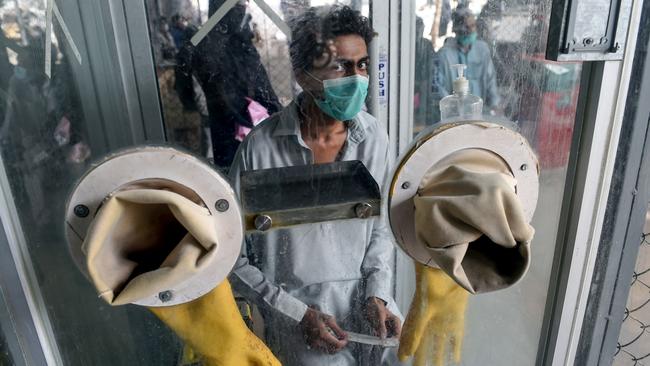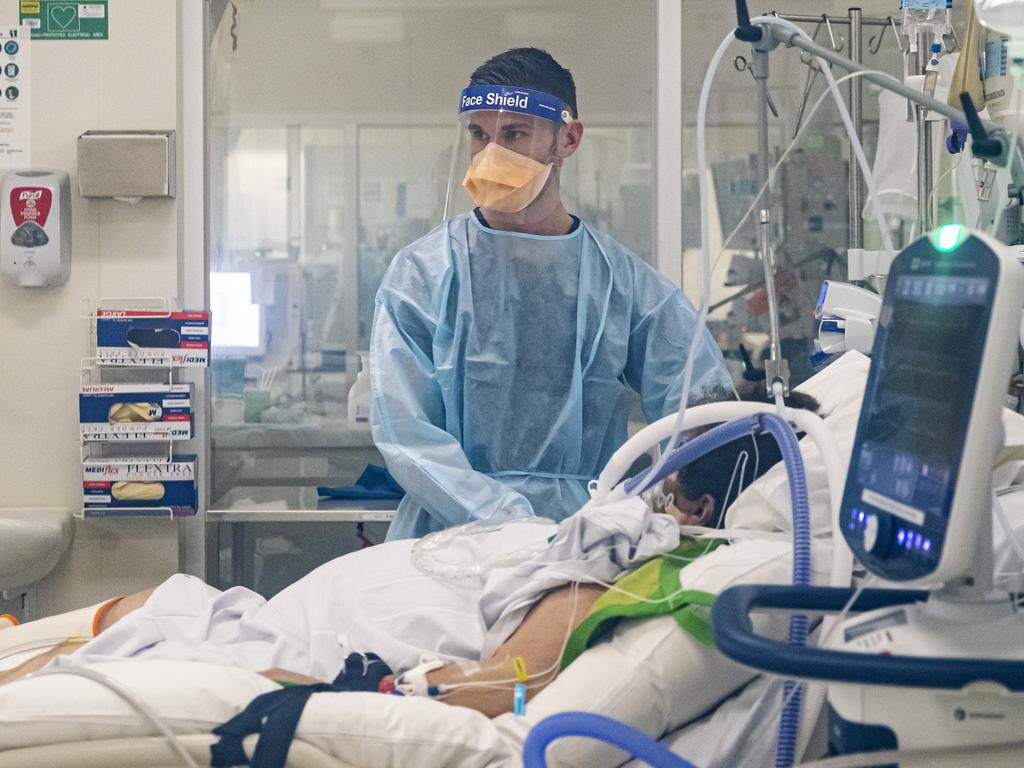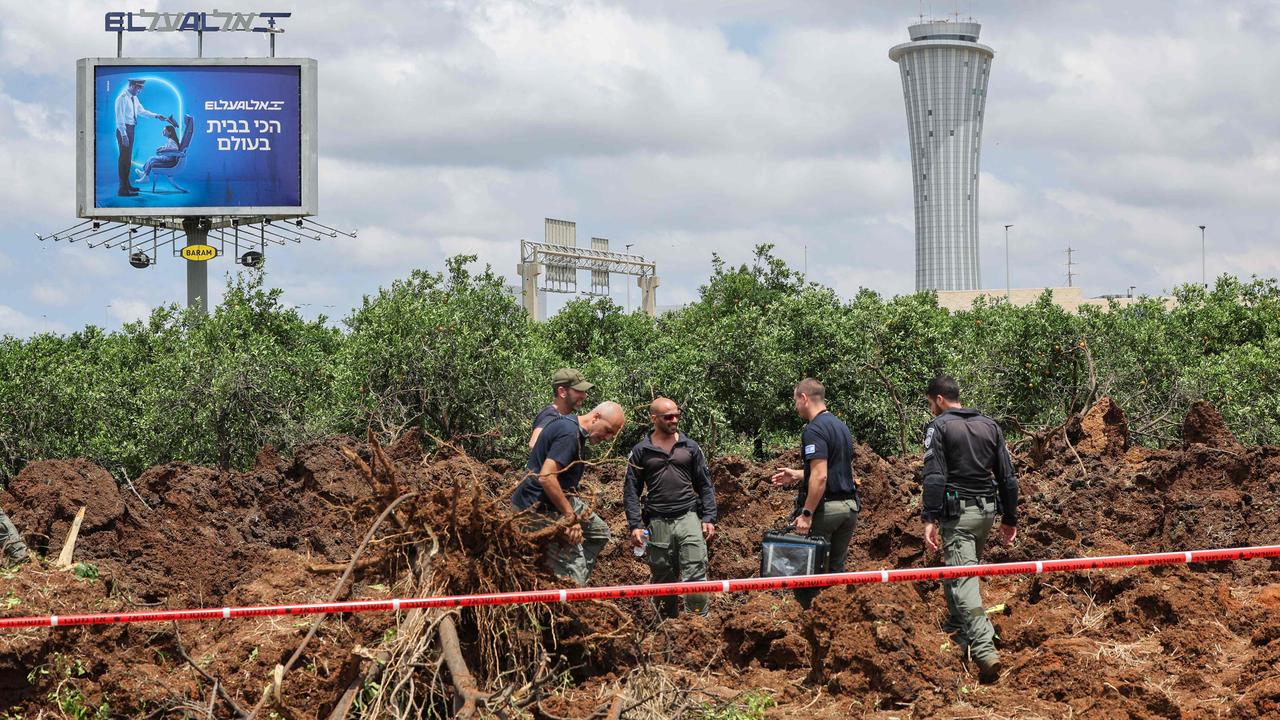Coronavirus: Youth, traditional values save Pakistan
Pakistan recorded a sharp decline in coronavirus cases and deaths, which are both down more than 80 per cent from their peaks.

Two months ago, the coronavirus seemed to be spreading out of control in Pakistan, a poor, chaotic country of more than 200 million with a weak healthcare system that was seemingly headed for disaster. It was being compared with Brazil, another developing country with a similar population size that has been ravaged by the disease.
Instead, Pakistan has dramatically reversed course, recording a sharp decline in coronavirus cases and deaths, which are both down more than 80 per cent from their peaks. Hospitals report beds are freeing up in previously overflowing coronavirus wards, even in the nation’s biggest and hardest-hit city, Karachi. The tally of patients on ventilators has halved over the past month.
This is all happening as Pakistan’s neighbours to the east and west — India and Iran — are still reporting that infection rates are climbing steadily. Even more surprising, the progress in Pakistan came after Prime Minister Imran Khan resisted advice from the World Health Organisation, declaring in May that lockdowns are too costly for the poor and reopening the economy.
Health officials haven’t declared a win. They worry that progress could be undone, particularly with two Muslim holidays — Eid al-Adha, which fell at the weekend, and the coming Muharram — that involve public gatherings across the country.
Relatively low testing levels in Pakistan have also raised questions about the scale of the decline, but medical experts say the turnaround trend is clear. Tellingly, the proportion of tests coming back positive has more than halved.
Pakistan locked its economy down in March, early on in its outbreak, which kept the virus from spreading widely while the population stayed home. But after restrictions were lifted in May, many Pakistanis celebrated the end of Ramadan with shopping sprees and visits to family. That unleashed a burst of infections. The rapid spread jolted people into changing their behaviour, with more mask-wearing, handwashing and maintaining social distance. The preventive messages increased from the government and Mr Khan started wearing a mask in public. The government switched to a strategy of targeted lockdowns of local areas where a cluster of cases had arisen, sometimes just on one street. Residential data and experience that health officials gained as part of a massive push to vaccinate against polio were leveraged to pinpoint trouble spots. Schools, wedding halls and restaurants remained closed. Long-distance travel is still restricted.
These days, Faisal Mahmood, a professor at the teaching hospital of Karachi’s Aga Khan University, said he is seeing more people in his clinic who are having problems recovering from COVID-19 than those currently infected. “The drop is real, though I was sceptical initially,” he said.
From a peak of nearly 7000 new cases a day in June, on Friday the country reported 903. Last week, Pakistan recorded its lowest death count in three months, with 27 on Friday.
So far, fewer than 6000 people have died, with 278,000 recorded cases of infection. Brazil has reported more than 92,000 deaths and 2.7 million cases. At Pakistan’s peak, which came in mid-June, major hospitals in big cities reported being overwhelmed. The highest number of patients to die in a day was 153, on June 20.
A simulation from Imperial College London produced a worst-case scenario of 30,000 deaths a day in early August. But Pakistan has some unique characteristics that have likely been helpful in beating the virus back. In particular, the young population and conservative, male-dominated Muslim society has limited exposure to the virus.
Just 4 per cent of Pakistan’s population is over 65 — compared with 16 per cent in the US and 23 per cent in Italy. The average age in Pakistan is 22, more than a decade younger than Brazil, and 25 years younger than Italy. And there are no bars and nightclubs. There are also no institutionalised homes for the elderly, sites of deadly outbreaks elsewhere. Women tend not to go out of the home to work, meaning the workforce is overwhelmingly made up of men who are mostly young.
Pakistan has just one megacity, Karachi, while India has several. And Karachi isn’t a high-rise city. Denser urban settings have given the virus the best opportunity to spread.
The Wall Street Journal




To join the conversation, please log in. Don't have an account? Register
Join the conversation, you are commenting as Logout